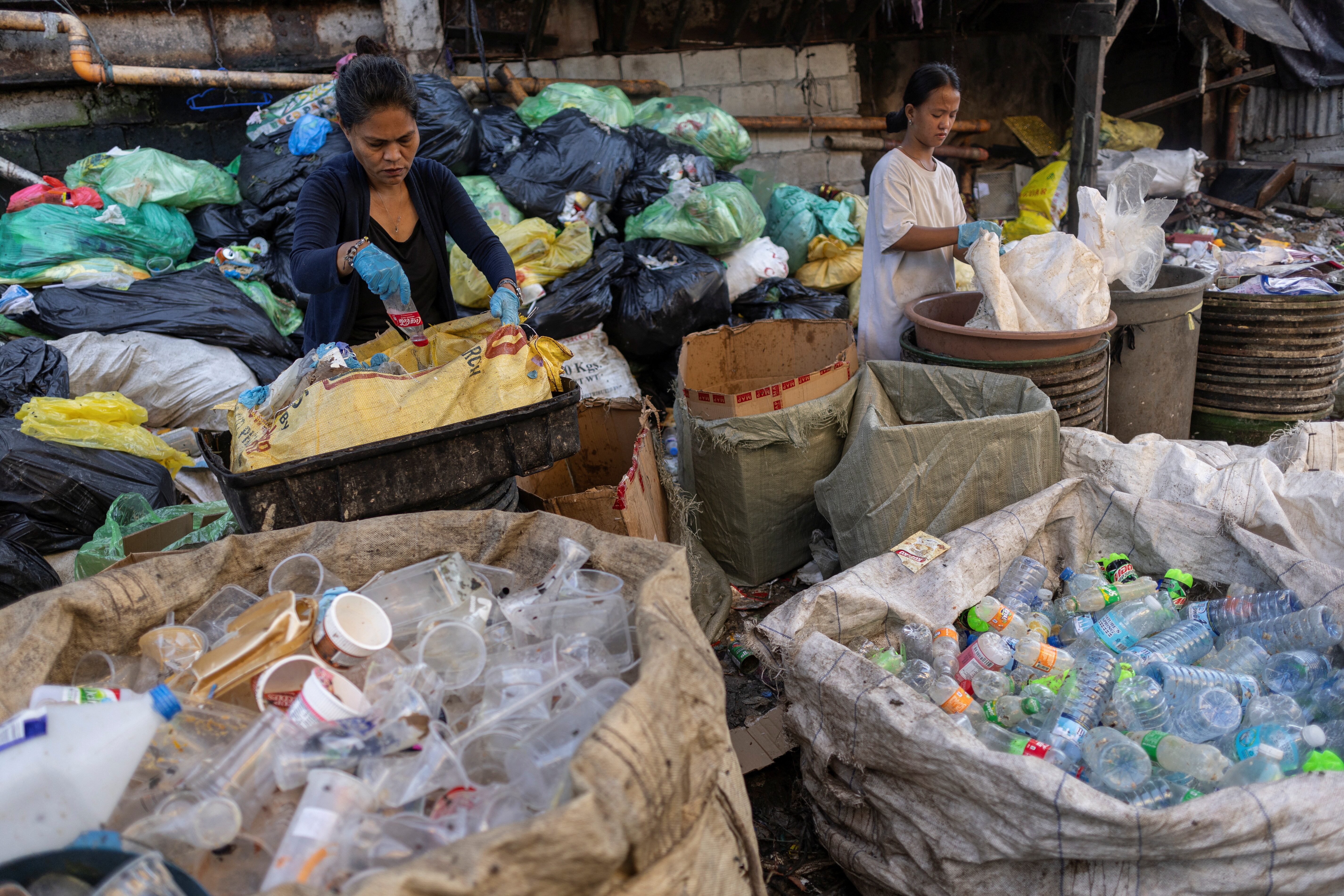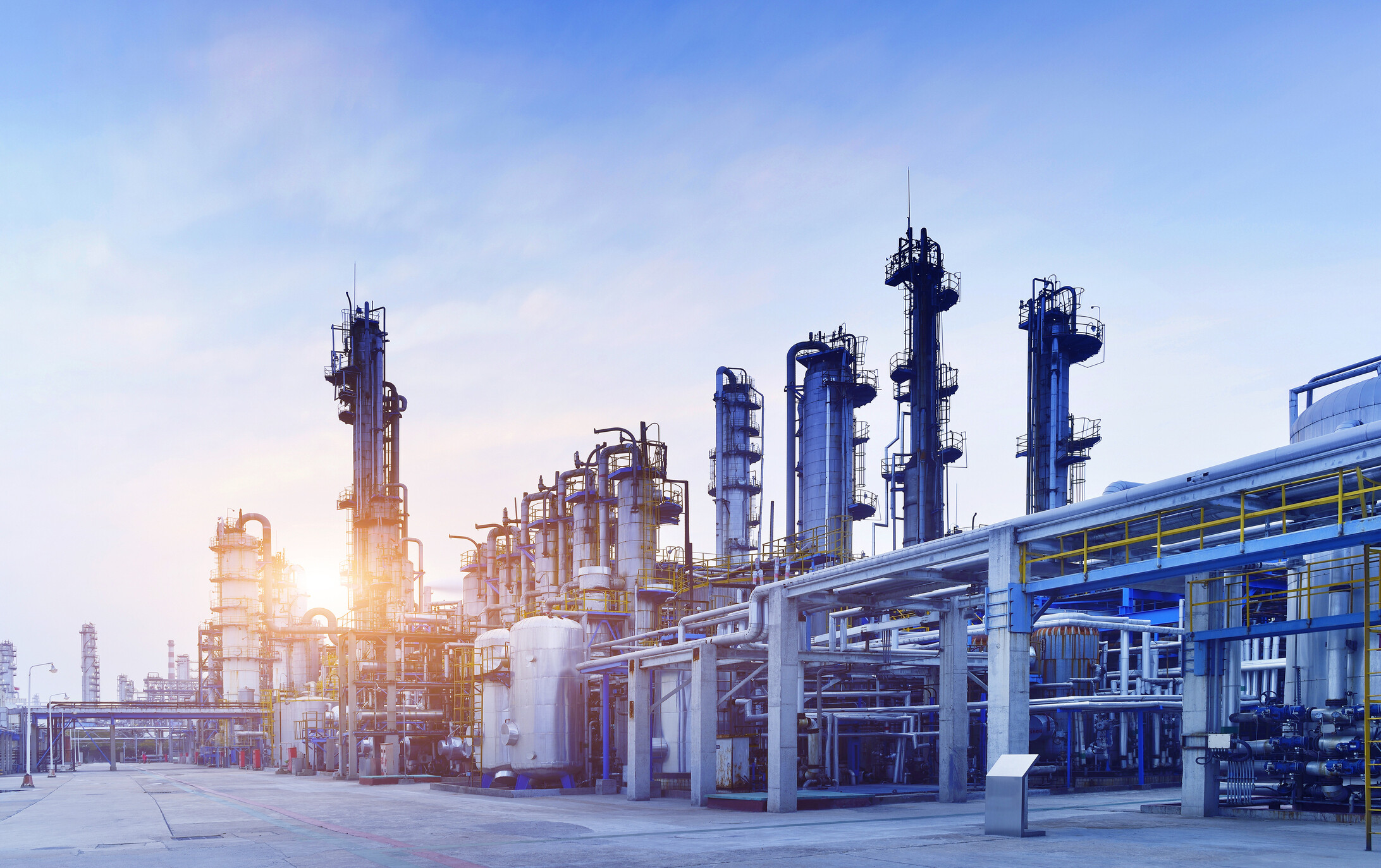How a circular economy could help tackle Sri Lanka's economic crisis

A circular economy could enable recovery in Sri Lanka. Image: Unsplash
Listen to the article
- Sri Lanka is in the grip of an economic crisis, with rising inflation and food shortages.
- There is a clear need to address the country's flawed structural issues and rebuild the economy.
- A circular economy offers a sustainable alternative to aid recovery and help the population.
The economic crisis ravaging Sri Lanka has created a dire situation where a significant number of middle-class families have been pushed into poverty within a short period of time. Additionally, the rapid increase in the cost of living has made it challenging for most of the community to attain their basic needs, with the affordability of food items particularly affected.
But before we dive into discussing a possible cure, let’s look at some symptoms of the economic crisis Sri Lanka is facing today:
- National Consumer Price Index headline inflation is up to 33.8% year-on-year.
- Imposed import restrictions on more than 350 non-essential items due to forex shortages.
- Disposable income of an average citizen after food is 30-40%.

How did this crisis happen?
One notable thing about the Sri Lankan economy is that it has been a subsidised economy of goods such as fuel, food, medicine, and fertiliser for a long period of time. Political analysts take the view that this economic policy has been strongly influenced by a political agenda aimed at getting local politicians elected and re-elected. Therefore, subsidising items was largely used as an election promise to attract a significant portion of the voting base.
For example, items such as fertiliser, food, medicine and fuel are among the subsidised items which lost the government more than 1.2 trillion Rupees from 2006 to 2020.
A few other issues pop up as more immediate concerns, such as unjustifiable revenue reduction through tax cuts, the printing of currency as well as lack of strategy and timeliness in debt restructuring.
How could a circular economy help Sri Lanka?
There is an urgent need for correcting some of the strategic and structural issues that have festered in the country. Passing the true economic cost of living to the population and having schemes and policies to support the most affected with a transition plan over a period could be one such correction. At the same time, there is no better time for Sri Lanka to consider some novel economic concepts that will help citizens to maintain their quality of life as it was before.
What is the World Economic Forum doing about the circular economy?
Some of these strategies come from what is broadly known as the circular economy – an alternative economic model that designs resources for regeneration, allowing it to function while providing the best economic value and delivering the required utilities. Let us look at a few in particular.
1. Repairing economy
With asset ownership, especially of imported assets, becoming unaffordable to a large part of the population, repair becomes an attractive option to extend the life of existing assets. With the cost of acquisition becoming significantly high as the currency devalues, activating a repair economy will create employment in the current high-risk job environment. Providing skills for repair and standardising the skill base through providing professional credentials to repairers may attract talent for work, while initiatives such as opening repair centres and strategic partnerships with manufacturers may help with establishing continuous demand.
2. Sharing economy
Not only has asset acquisition become significantly more expensive for a large portion of the middle classes, but maintaining the already acquired assets has become a challenge. On the other hand, assets such as vehicles will be heavily underutilised as operating expenses such as fuel become scarce in supply and become unaffordable for frequent travel. Schemes that pool assets and share them among many users and offer differential pricing to distribute demand for usage may work well. More local user-centric versions of business models such as Uber, Airbnb would be much needed not only to share housing and vehicles, but essential items such as tools, equipment, and electronic equipment/office spaces. In addition, wider communal access to small items such as toys, books and tools can be created through libraries for sharing.
3. Performance economy
Sri Lanka’s situation exposes the true cost of living and the cost of ownership. In a performance economy, which encompasses one of the economic principles of a circular economy, a smaller number of asset owners will take custodianship of assets to keep them in use and provide services to many users based on consumption. This concept is invaluable when the assets are relatively expensive and complex, hence needing a specialised value chain for product, component, and material assembly and disassembly, refurbishing, remanufacturing, and repair.
The advantage of a concept like circular economy is that the payment is related to the level of consumption, rather than what is being paid to get access to the asset (i.e. the price of ownership).
Charging the users' performance provided by the asset (e.g charging for a washing cycle in a washing machine, where the manufacturer owns and installs at a user’s premises), helps users get access to products that they can’t afford to buy, significantly raising their quality of life, and creating more equitable distribution.
Can circular economy be an opportunity for recovery
The dire economic situation faced by Sri Lanka is alarming and tragic, but at the same time it provides a much-needed opportunity and drive to make key structural changes to the economy. The insights gained during the crisis can bring opportunities and drive the future economic outlook, not just to survive now, but to thrive in the years ahead.
Don't miss any update on this topic
Create a free account and access your personalized content collection with our latest publications and analyses.
License and Republishing
World Economic Forum articles may be republished in accordance with the Creative Commons Attribution-NonCommercial-NoDerivatives 4.0 International Public License, and in accordance with our Terms of Use.
The views expressed in this article are those of the author alone and not the World Economic Forum.
Stay up to date:
Sri Lanka
Related topics:
Forum Stories newsletter
Bringing you weekly curated insights and analysis on the global issues that matter.
More on Circular EconomySee all
Felipe Basso
November 13, 2025







